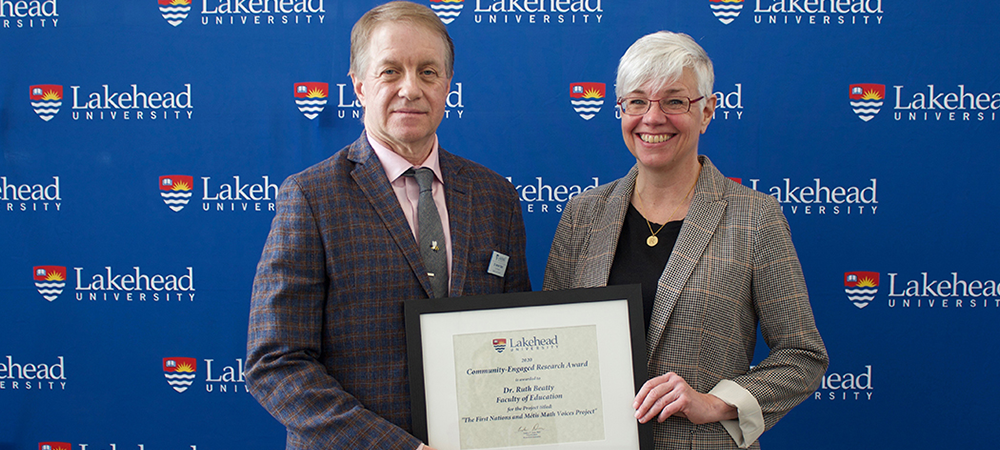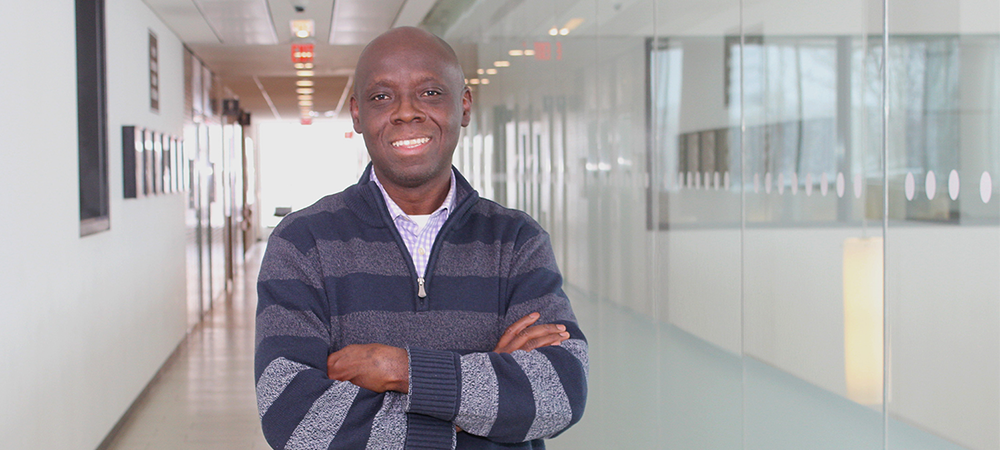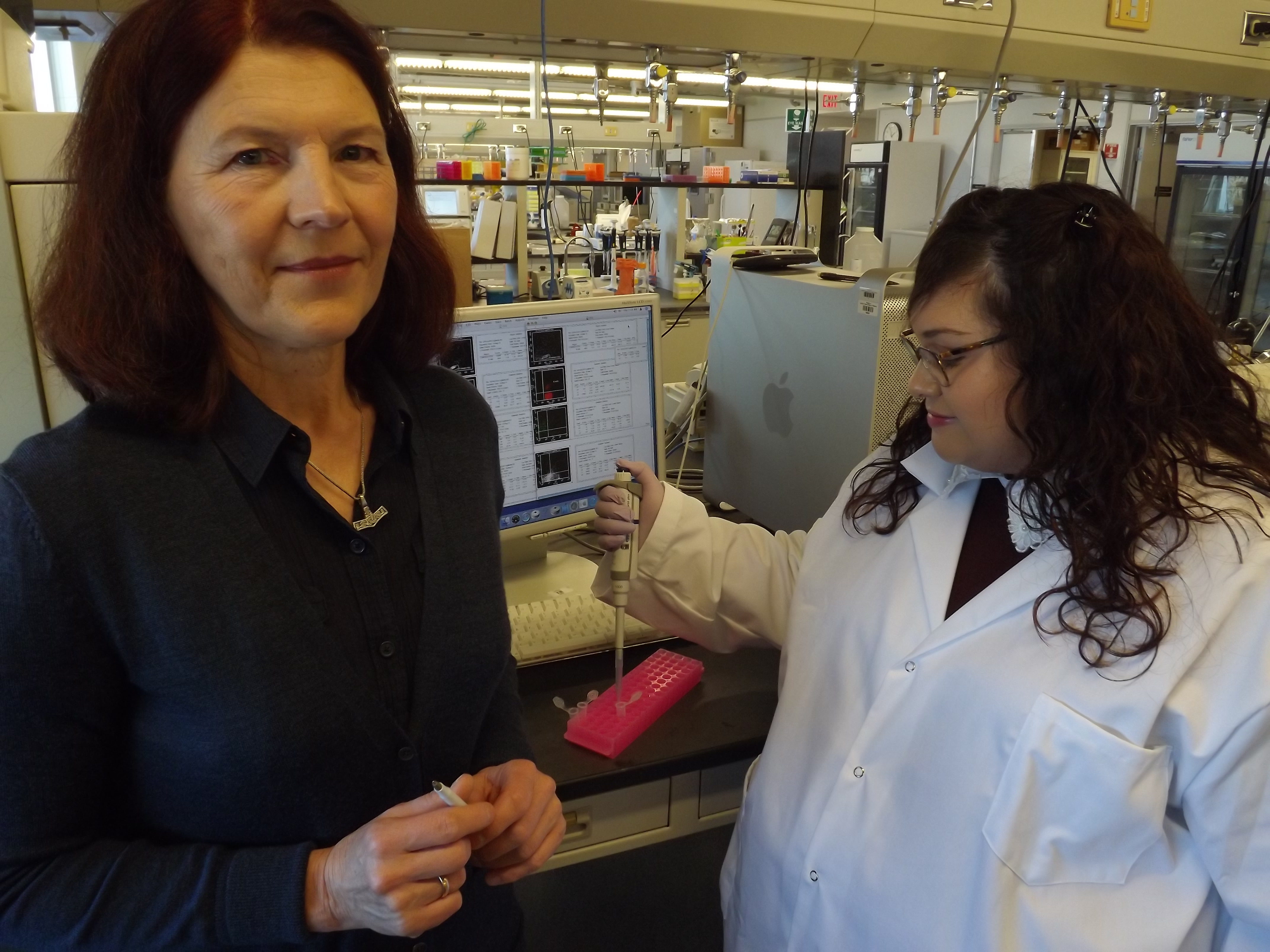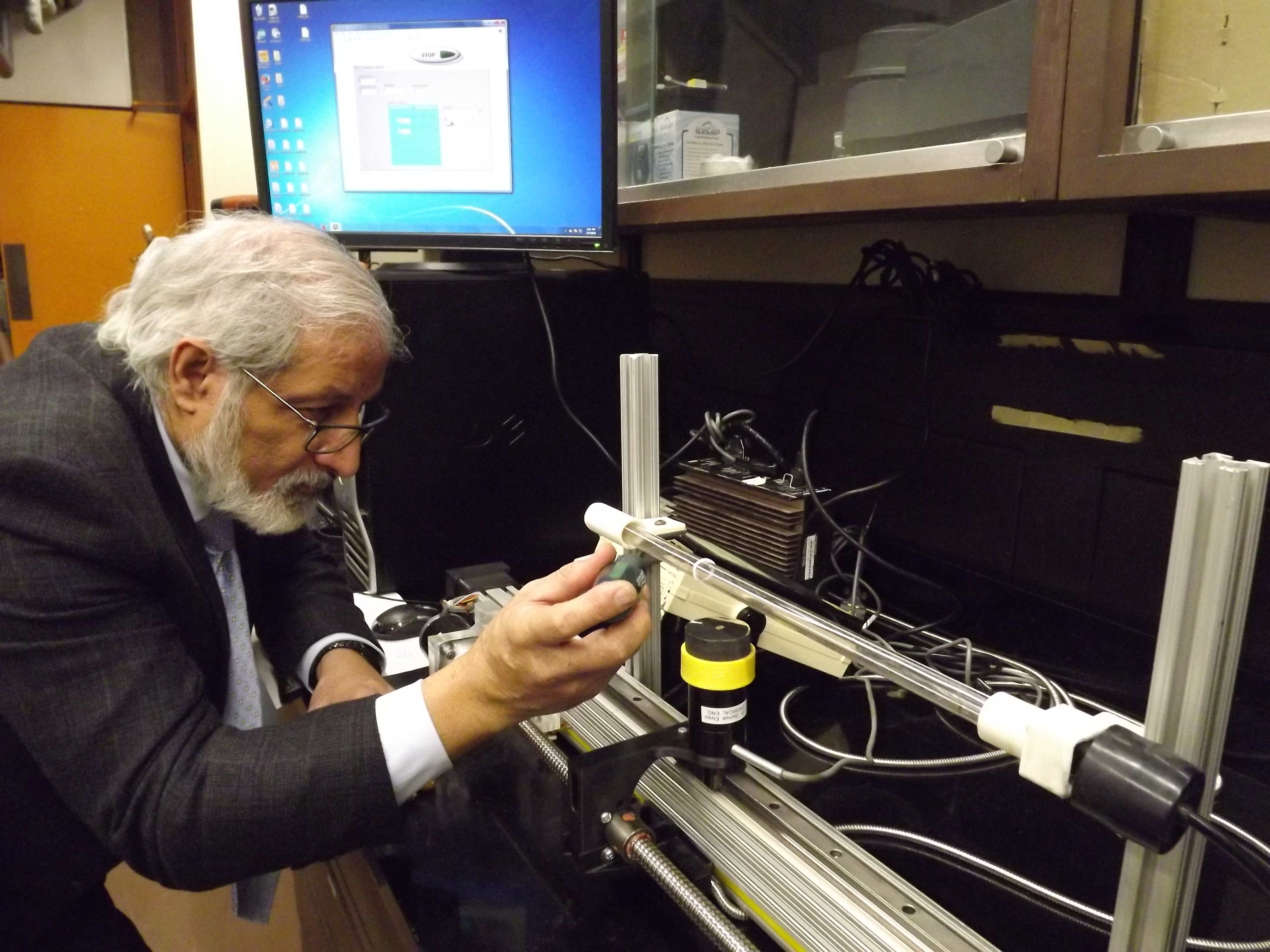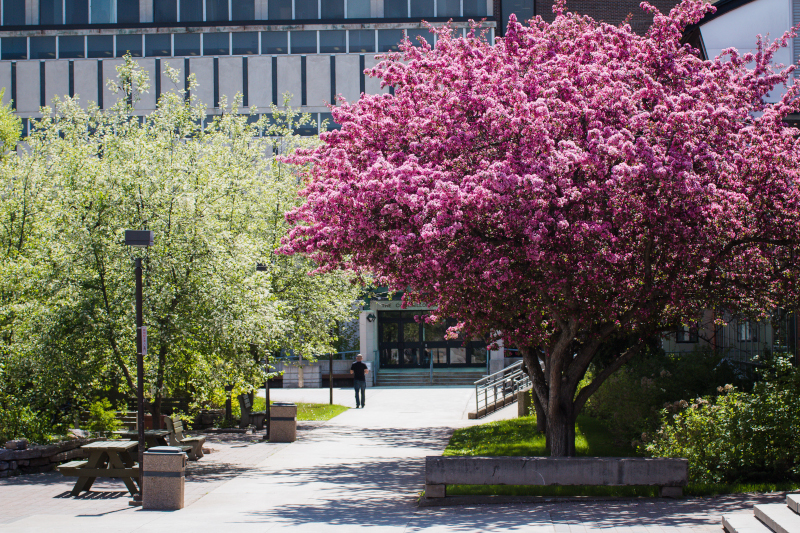Research in Action: Thunder Bay Police partner with Lakehead researcher to make ‘big picture’ change
Published in The Chronicle Journal on Monday, June 10, 2019.
Changing the culture of policing in Thunder Bay and regaining community confidence - and especially the confidence of Indigenous people and youth - has been a priority for Sylvie Hauth since she became Acting Chief (and later Chief) of the Thunder Bay Police Service (TBPS) in 2017.
At the time of Chief Hauth’s appointment, the police service was looking for guidance in understanding how to address the recommendations of recent reports that reflected a damaged relationship with the community, including the Office of the Chief Coroner of Ontario’s seven youth inquest (2016), and the Ontario Civilian Police Commission report (2018).
“It is important to me that we not just be checking a box,” Chief Hauth said.
“I want us to make a real difference in the culture of the service. Any project we undertake has to be both completed in a timely fashion to start making change now, and sustainable in the long-term,” she said.
To move forward, TBPS connected with Dr. Leisa Desmoulins, Assistant Professor in the Faculty of Education at Lakehead University, to begin the Shaping Our Future Organizational Change Project. The project was led by a working group established by TBPS through an open call to the community. The group is comprised of officer and civilian members of the police service, as well as community members, all of whom self-identify as Indigenous or from other racialized groups, including one member from Fort William First Nation.
The goals of the Shaping Our Future project are: 1. Revamping the structure and function of the Aboriginal Liaison Unit to enhance community policing; 2. Invigorating recruitment to attract Indigenous and other under-represented groups to the police service; 3. Creating structured, ongoing training opportunities for police service staff to enhance their knowledge and abilities; and 4. Enhancing communications internally and externally to convey organizational changes and foster accountability.
These goals were furthered first through an internal baseline survey that looked at the demographic composition of the police force, and then a revamped citizen satisfaction survey. For the first time, this 2018 survey sought to measure trust in police. Instead of being conducted only online, the survey was also implemented for the first time in person, at public events, door-to-door, and at community organizations. This was a successful effort to reach populations not usually well represented in the survey, such as youth.
Dr. Melissa Oskineegish is a 2018 graduate of the joint PhD program in Education at Lakehead University. She worked on the project as a research assistant.
“When I had to conduct surveys, I was nervous because I didn’t know what people’s reactions would be. Policing can be a sensitive topic. But across the board people wanted to have their voices heard and were keen to participate,” said Dr. Oskineegish. She reflected on the important opportunity the project gave her to simultaneously hone her quantitative research skills and to connect with community. “I’m happy, as a citizen of Thunder Bay, to be part of positive change,” she said.
The survey allowed different demographic groups to be compared for the first time because of increased response rates among youth, Indigenous peoples, and racialized citizens. There were 2,250 participants in total: 2,038 who participated online and 212 who participated in person. The majority of people who participated online were white, middle aged or older, and have lived in Thunder Bay 10 years or more. The majority of people who participated in person were young, and evenly split between Indigenous and white, with more respondents than in the online group self-identifying with non-Indigenous racialized identities as well.
"The results of the survey were both surprising and unsurprising,” said Dr. Desmoulins.
The results from both the online and in-person surveys, and across demographic groups, showed that overall, people report good experiences with TBPS where they feel respected, regardless of the kind of contact with police. Both groups also described feeling “somewhat safe” in the community. However, the survey also showed gaps between the groups. The younger, more diverse group of respondents ranked the service low in terms of fairness, expressed low confidence in police, and did not feel police were attentive to the needs of their group, compared to more positive rankings in these areas from the older online group.
“This seeming contradiction of good experiences with police but a low level of trust and confidence can be explained in part by the power of stories,” Dr. Desmoulins said.
“Many respondents had heard stories from friends and family of negative police experiences, were familiar with the reports that were issued, or had seen stories in the media that may have concerned them and affected perceptions,” she said.
The next step for the research will be to look into how to build youths’ confidence in police. “There is very little longitudinal research into the area of how to build or re-build trust,” said Dr. Desmoulins, who has held focus groups with youth on this topic as part of her continued work with TBPS. She also noted that this is a pilot study, and that they hope to repeat the citizen survey in 2019, ideally with a larger sample size.
Research In Action highlights the work of Lakehead University in various fields of research.


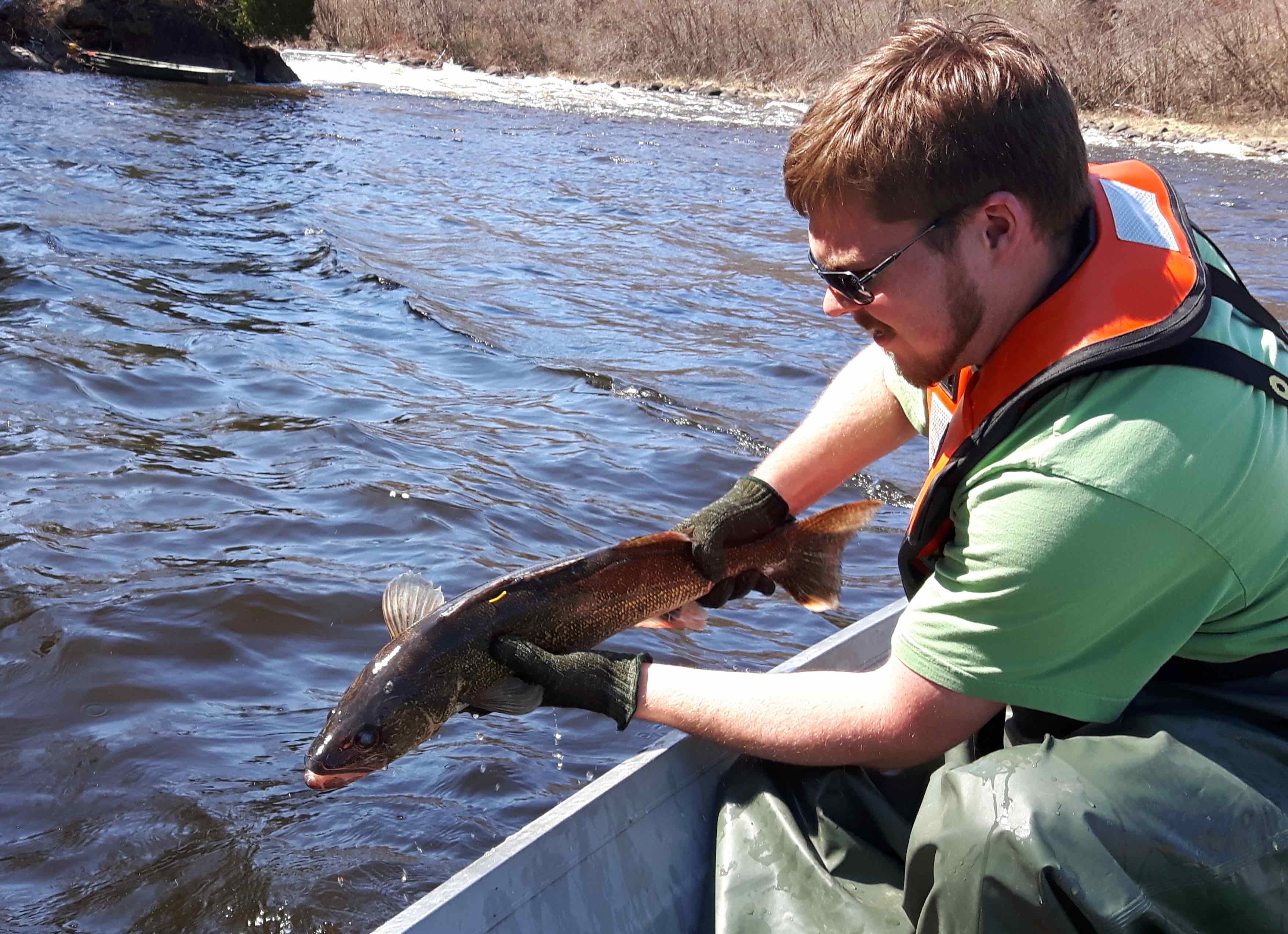
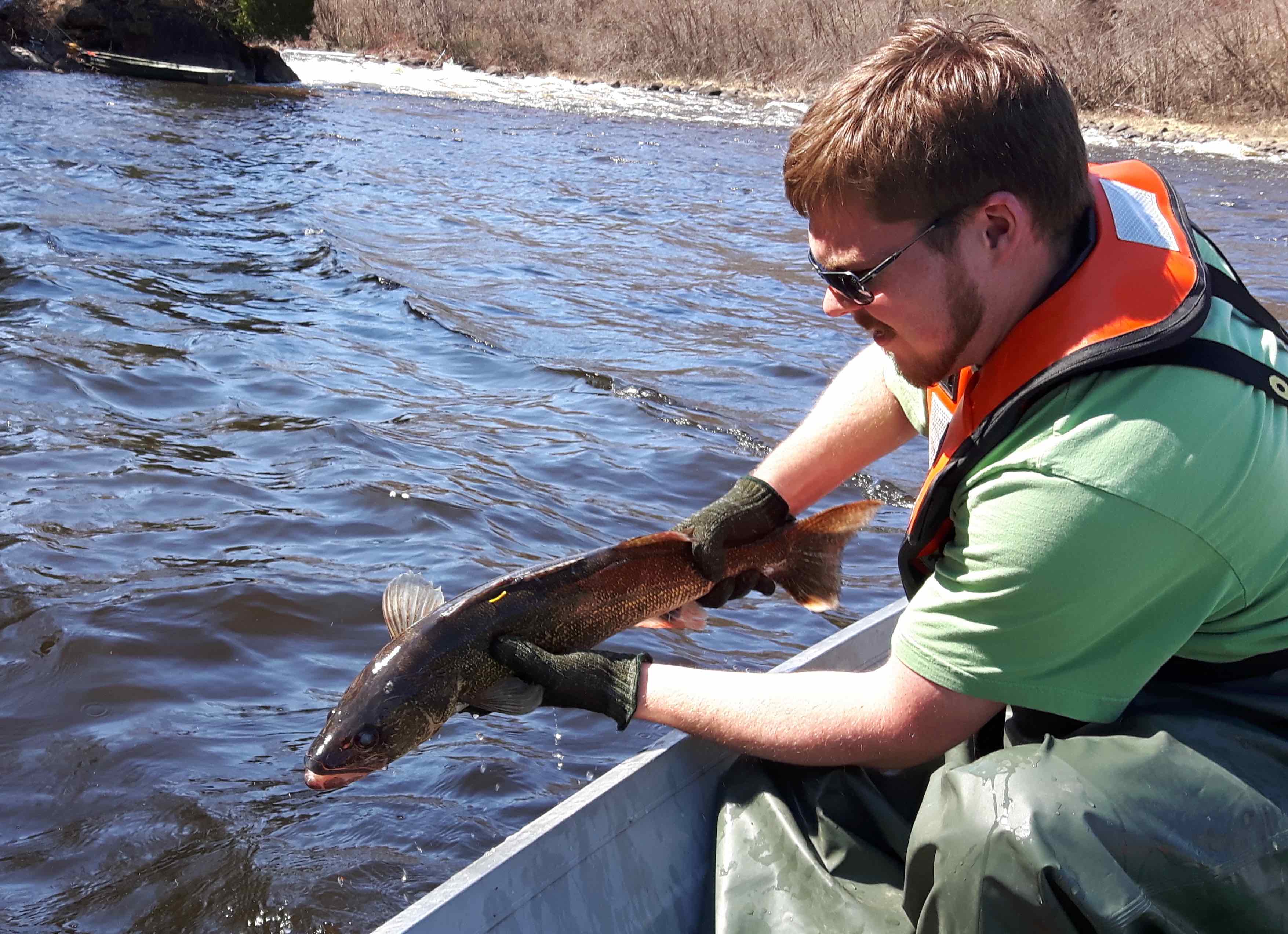
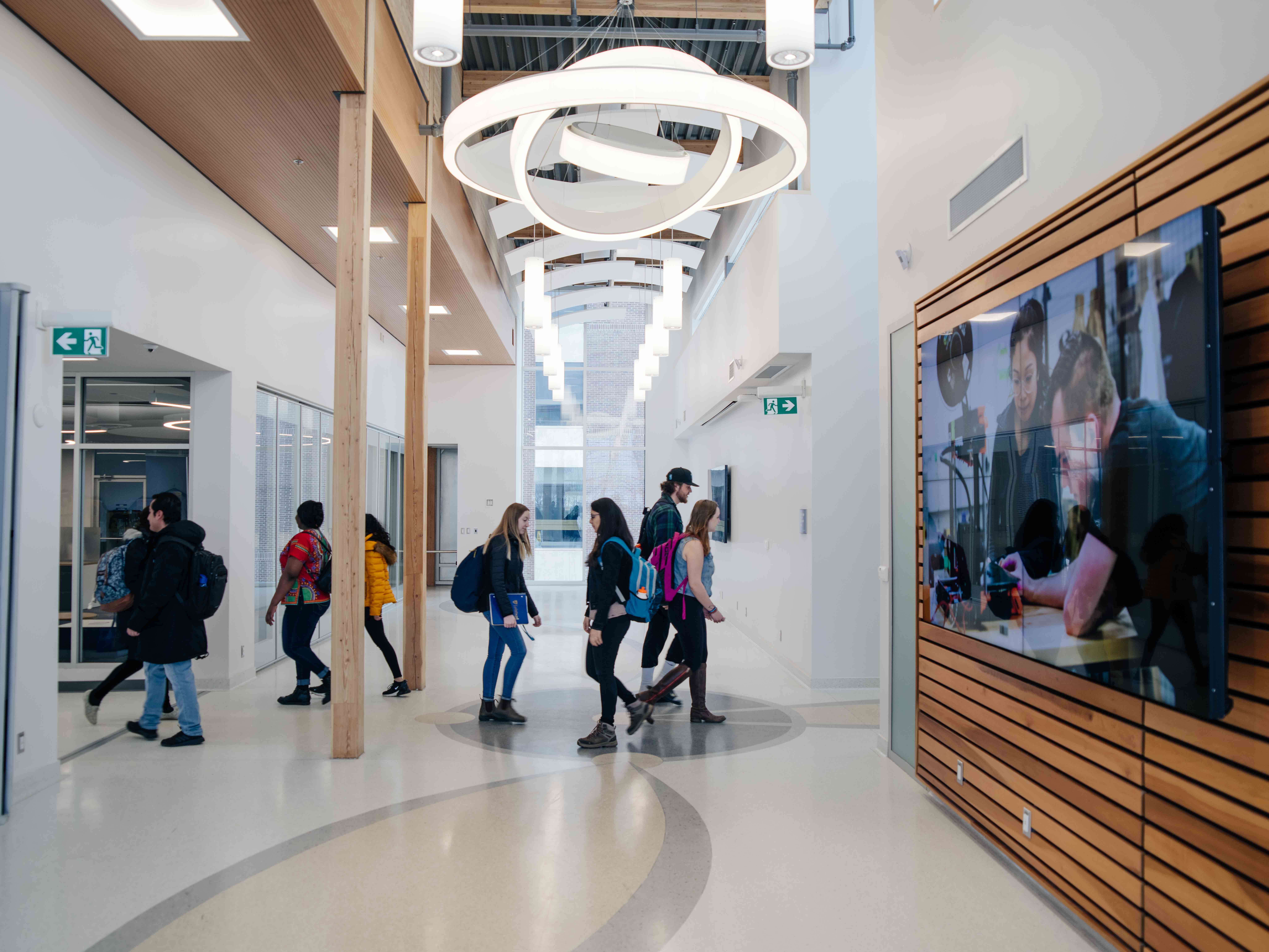
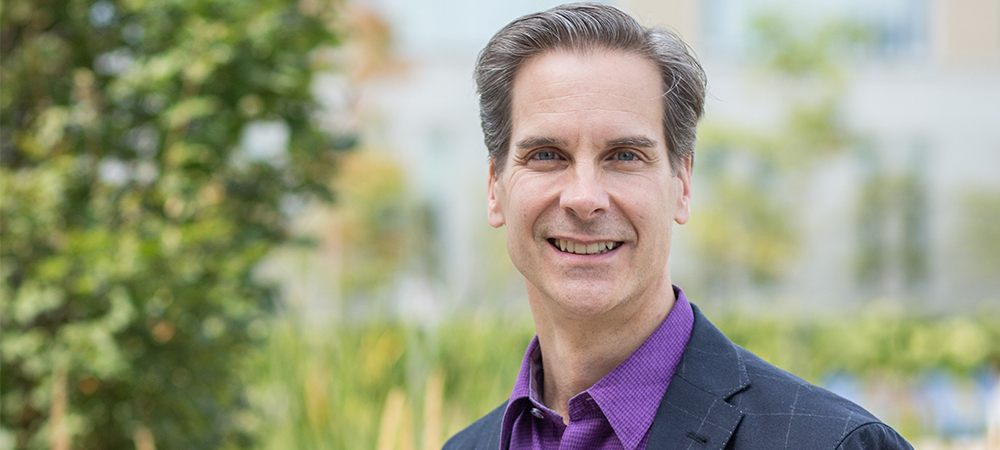
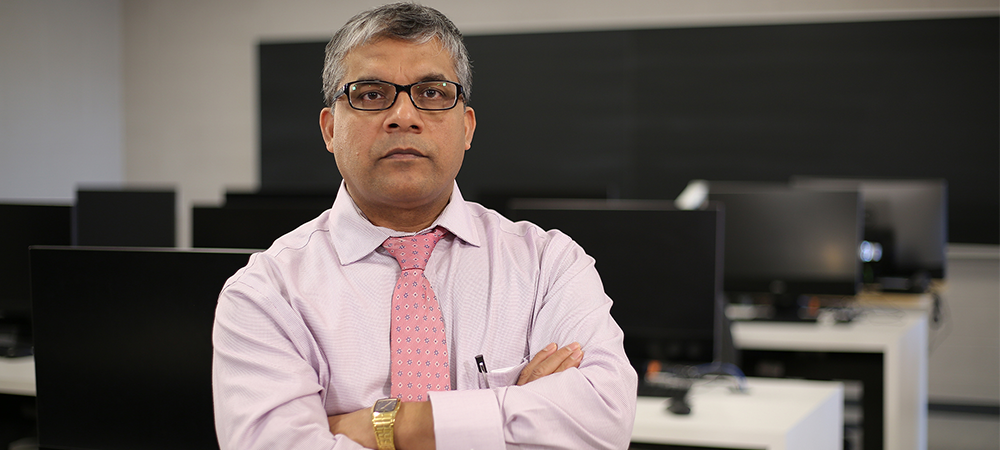
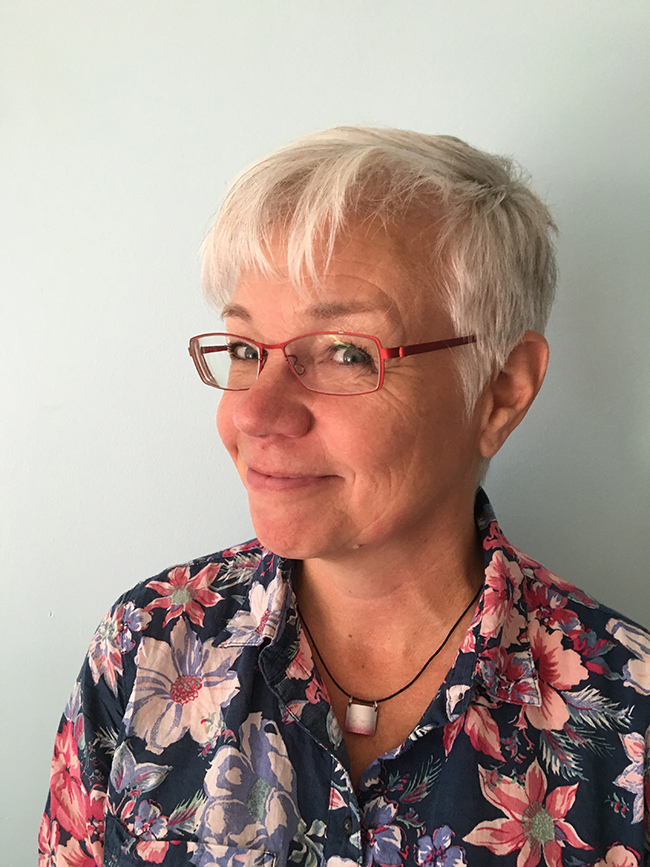 Math is not a four-letter word. But to those with rampant math phobia, it certainly feels like it. Dr. Ruth Beatty, Associate Professor in the Faculty of Education at Lakehead University’s Orillia campus often sees students who actively dislike or even fear math. To her the problem isn’t with math itself, it’s with how the subject traditionally has been taught.
Math is not a four-letter word. But to those with rampant math phobia, it certainly feels like it. Dr. Ruth Beatty, Associate Professor in the Faculty of Education at Lakehead University’s Orillia campus often sees students who actively dislike or even fear math. To her the problem isn’t with math itself, it’s with how the subject traditionally has been taught.